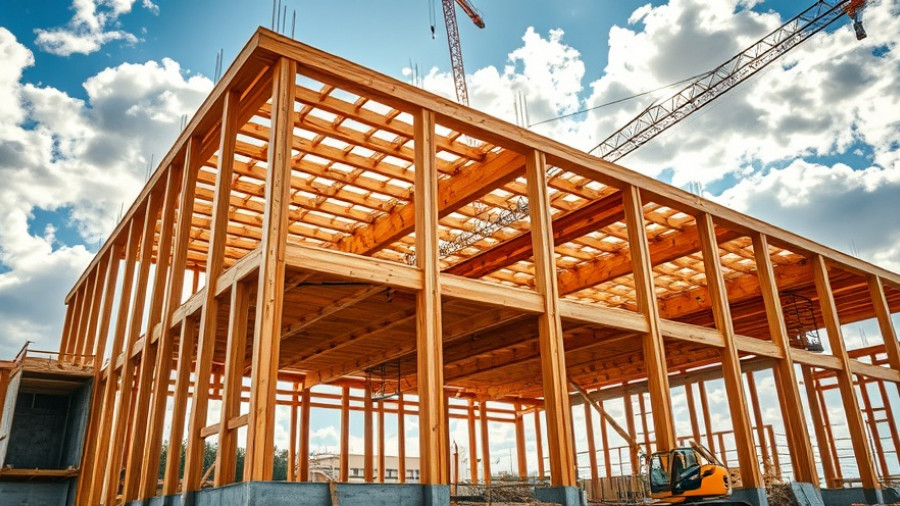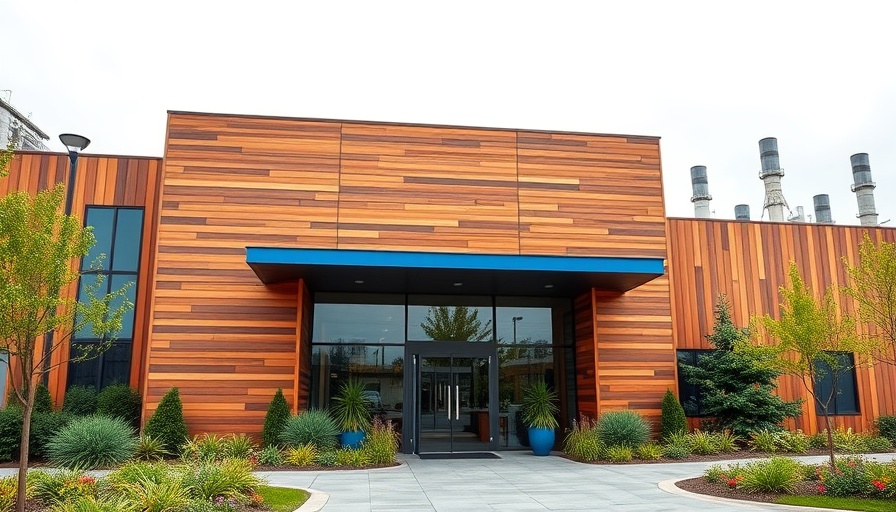
Agentic AI: A Game Changer for Procurement
The rise of agentic artificial intelligence (AI) is set to revolutionize procurement processes across industries, making it an essential consideration for business owners, property developers, and facility managers committed to maximizing efficiency and cost savings. Procurement is inherently complex, data-driven, and often riddled with human errors, which positions it as one of the ideal use cases for agentic AI.
Understanding Agentic AI
Agentic AI is characterized by its goal-oriented, autonomous, adaptive, and interactive capabilities. Unlike traditional automation systems that execute pre-defined tasks, agentic systems learn and adapt based on changing environments, thus offering enhanced decision-making abilities. This means that businesses can expect AI-driven procurement to facilitate smarter supplier selections, effective risk management, and tailored purchasing strategies, crucial in today's competitive landscape.
The Financial Upside: Cost Savings and Value Optimization
Research from HFS indicates that AI-driven sourcing yields significant cost savings—approximately 20%—which marks it as one of the most viable applications of AI for enterprises. Given the rising operational costs faced by businesses today, embracing these technological advancements can lead to both immediate financial reprieve and sustainable business models. For stakeholders in commercial construction, leveraging agentic AI offers not just procurement transformation but a strategic advantage in negotiations and supplier relationships.
Evolution from Automation to Autonomy
Historical context suggests that the evolution of AI dates back to the 1950s, showcasing significant advances such as Shakey the Robot and, more recently, intelligent systems like the Mars Rover. Today’s generative agents, derived from advanced language models, are set to execute elaborate business tasks that enhance productivity and responsiveness. By embracing agentic AI, organizations can tap into a future where procurement isn’t just automated—it's intelligently managed.
Misperceptions: Agentic AI vs. Traditional AI
It is crucial to differentiate between agentic AI and traditional automation or robotic process automation (RPA). While RPA can perform repetitive tasks efficiently, it lacks the contextual awareness and decision-making capabilities that truly define agentic systems. In procurement, this means moving beyond simple transactional efficiencies to a strategic, integrated approach to supplier interaction and contract negotiation.
Future Predictions: The Role of AI in Procurement
Looking ahead, the role of agentic AI in procurement is likely to expand. With capabilities that include predictive analytics and enhanced supplier insights, businesses can foresee changing market dynamics and align their procurement strategies accordingly. As enterprise leaders focus on sustainable growth, adapting to the complexities of the environment with intelligent agents will be essential in maintaining competitive advantages.
For business owners and facility managers, the integration of agentic AI into procurement not only represents a financial investment but a vital strategic leap forward into a new landscape of operational excellence. Understanding these insights can help businesses navigate the uncertainties of today's market while seizing new opportunities for growth.
In conclusion, as agentic AI begins to play a pivotal role in procurement processes, it is imperative for sector stakeholders to familiarize themselves with the benefits it promises. Embracing these advancements may not be an option in the future—it could soon become a necessity for success.
 Add Row
Add Row  Add
Add 




Write A Comment